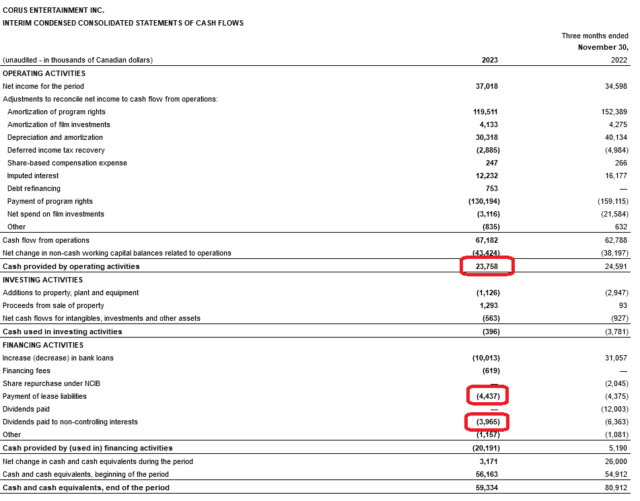Muddy Waters put out an interesting hit piece on Fairfax, accusing the corporation of using accounting tricks to overstate its true book value by about USD$4.5 billion. FFH’s stated equity in September 2023 was USD$21.6 billion. This accused mark-down isn’t gigantic, but considering that Fairfax is trading at a healthy valuation over book (about 1.5x 1.2x) a valuation with a constant P/B multiple metric would result in an approximate 20% haircut all other things being equal. The stock is down about 10% today as I write this.
Skimming through the presentation, the bulk of the accusation is centered around the accounting of purchases of various subsidiaries and not taking or being able to cleverly avoid write-downs.
Fairfax is a massively complex entity and the stated financial position of various entities, whether in Fairfax or in other entities that try to do private market equity (or even real estate valuation for commercial REITs!) is ultimately up to a management judgement using some semi-standardized variables. The reality of these valuations are achieved when the entity involved tries to liquidate the venture in question.
The other accusation revolved around the application of IFRS 17 and the subsequent accounting adjustment in contrast to other insurance firms. Among other items, IFRS 17 applies a discounted value to the expected liability component of an insurance contract payout. Muddy Waters accuses Fairfax of being an outlier in relation to some other insurance firms. I have no good way of evaluating this other than that if a company anticipates its insurance payouts longer in the future, the stated liability reduction will be greater.
Finally, from the IPO to present, I did note that Farmer’s Edge was a disaster, including that of Fairfax, and its privatization offer is probably some attempt to internalize Fairfax’s upcoming loan loss on that venture. The amount, relative to the whole Fairfax consolidated entity, is small beans but blowing a high 8-digit figure of money is not chump change for most mortals like you and I!
I’ve looked at Fairfax here and there over the past couple decades and while there was a reasonable valuation case to be made when it was in the 400-500s, I found the stock to trade rich lately, even without the news of this particular short selling report. Ultimately the firm’s ability to dredge out cash flows from its insurance operations (which the metrics are quite excellent if they are to be believed!) is what is going to matter, not necessarily the stated book value of the various subsidiaries and minority investments on its balance sheet – if your assets are generating (this is a made-up number) $2 billion dollars cash a year, it doesn’t matter whether you keep them on your balance sheet at $20 billion or $30 billion – you’re getting $2 billion of cash – just that your return on assets metric will get skewed as a result.
Of course, if you compensate your management on the increase in book value per share instead of free cash flow, you will likely get a result where your management will pull out every derivative contract trick on the planet to artificially goose up the book value number. I suspect this may be the case if the report has any validity.
Either way, I have no position in Fairfax, and not too much interest either aside from watching this as a financial spectator.

